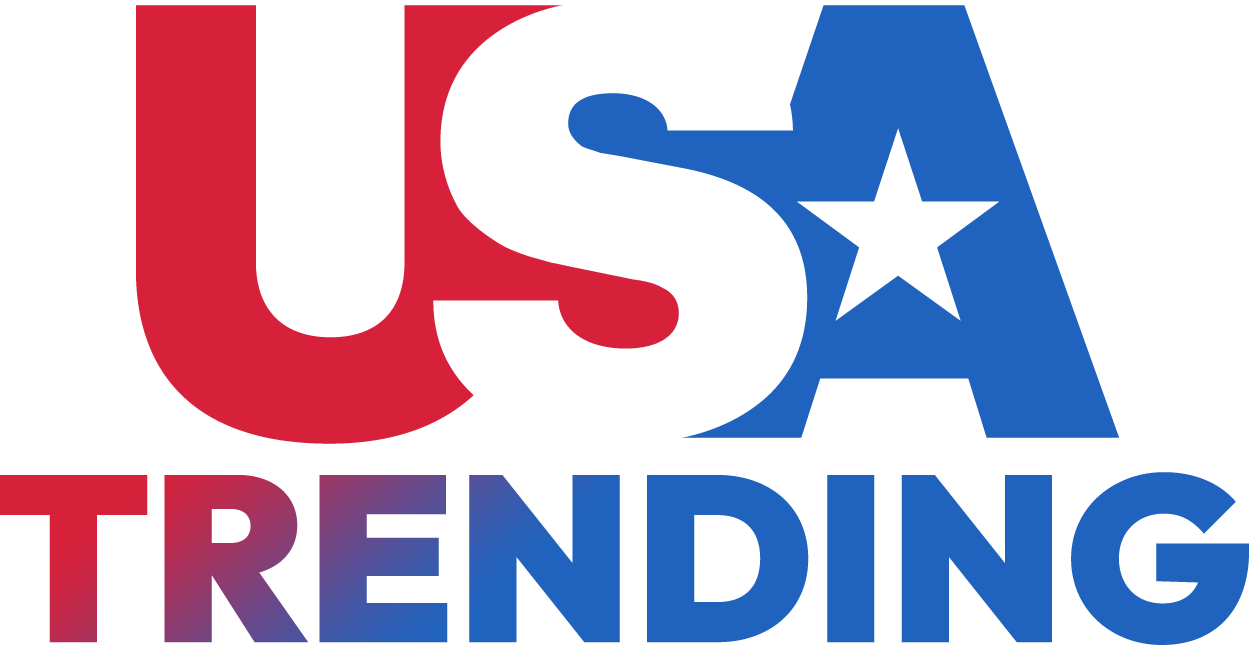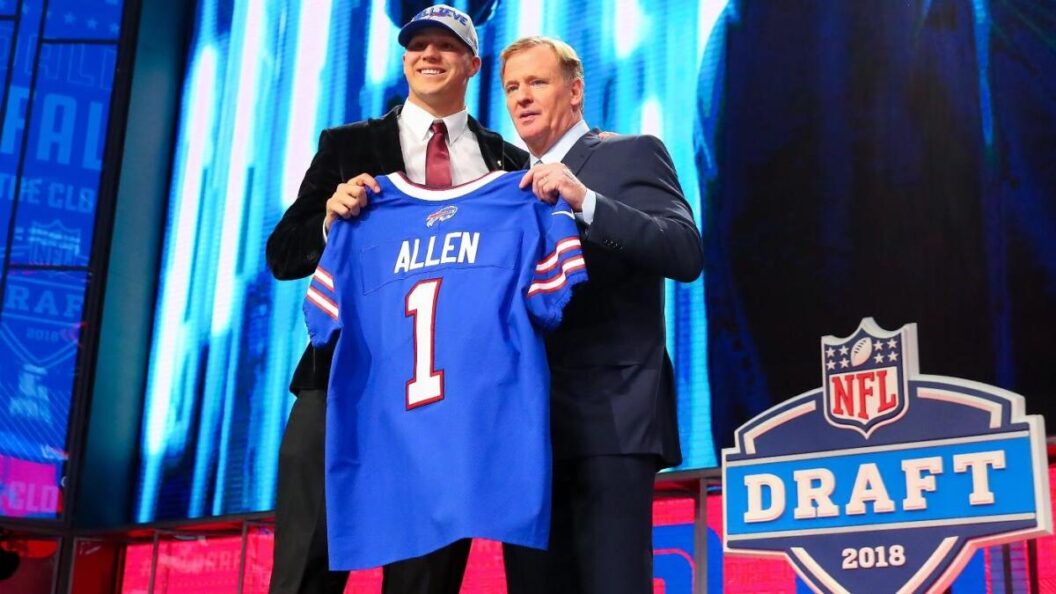The Impact of NIL and Transfer Portal on College Football and NFL Drafts
The integration of Name, Image, and Likeness (NIL) policies and the transfer portal in college football has significantly altered the landscape of the sport, affecting player mobility and draft outcomes at both collegiate and professional levels. Adopted in 2021, NIL allows athletes to profit from their personal brand, while the transfer portal, instituted in 2018, provides student-athletes with the ability to transfer schools with immediate eligibility once per academic year. As these dynamics evolve, questions arise about their impact on smaller programs and the overall talent pool available for the NFL Draft.
Changes in Recruitment and Draft Trends
In light of concerns that NIL and the transfer portal might disadvantage smaller colleges, recent data indicates a nuanced outcome. Over the past five years, ten players from Group of 5 and smaller programs were selected in the first round of the NFL Draft, showcasing the talent emerging from these institutions. These players include standout talents such as Sauce Gardner from Cincinnati and Zach Wilson from BYU, both of whom have since made significant impacts in the NFL. This trend highlights that while there may be shifts in recruitment patterns, opportunities still exist for prospects from smaller conferences to be drafted.
The analysis of prospects drafted from Group of 5 conferences—comprising the Sun Belt, American Athletic Conference, Mountain West, Conference USA, and Mid-American Conference—indicates that concerns over talent drain from these programs may warrant reassessment. While the draft data shows variability, early indications suggest that small-school athletes are increasingly being redirected to Group of 5 schools instead of transferring to Power 5 institutions. This migration might buffer the losses previously feared.
Voices from the Experts
Rick Spielman, a senior advisor for the New York Jets and former general manager of the Minnesota Vikings, expressed the strategic considerations athletes face regarding their draft stock. He stated, "If they’re going to be a Saturday pick and even a late Friday pick, why not go back to school and try to improve your draft stock?" His remarks underscore how NIL opportunities and insurance policies may incentivize players to refine their skills at the collegiate level rather than rushing into the NFL prematurely.
Similarly, Eric Galko, the football operations director for the East-West Shrine Bowl, noted that the landscape is evolving to favor players opting for development rather than immediate financial gain. He explained, "Guys no longer have to make leaving college decisions based solely off money […] they can stay in school, make money and get similar value to what they would earn in the NFL." This shift indicates a changing mentality among players regarding career progression and financial considerations.
Draft Philosophy and Team Strategies
Examining the drafting habits of different NFL general managers reveals differing philosophies regarding non-Power 5 players. Among 13 executives with experience predating 2020, the majority have shown a propensity to select non-Power 5 talent later in the draft, indicating that these players are being increasingly recognized for their potential contributions.
Despite some GMs drafting more conservatively regarding talent from smaller programs, the ongoing trend indicates that many organizations are beginning to leverage deeper pools of talent that were previously overlooked. This not only diversifies team rosters but also highlights the competitive nature of scouting at all levels of college football.
Emerging Talent for the 2025 NFL Draft
Looking ahead to the 2025 NFL Draft, several non-Power 5 players have been highlighted as top prospects. Notable names include:
- Ashton Jeanty (Boise State, RB) – A versatile running back with exceptional agility and pass-catching ability, Jeanty is currently ranked 11th overall.
- Mike Green (Marshall, EDGE) – After a stellar collegiate career, Green is projected to go early in the draft following strong performances at the Senior Bowl and NFL Combine.
- Grey Zabel (North Dakota State, IOL) – A versatile lineman, Zabel’s ability to play multiple positions on the offensive line makes him a valuable asset.
These prospects exemplify the ongoing talent development found within non-Power 5 programs, indicating their readiness for the professional stage.
Conclusion: A Transforming Landscape
The NIL policy and transfer portal have undeniably reshaped college football’s recruiting and development strategies while affecting the NFL Draft dynamics significantly. As athletes navigate this evolving terrain, the focus is increasingly shifting toward long-term career development, allowing for a more measured approach to transitioning from college to professional football. This evolution holds the potential to enrich the talent pool within the NFL, fostering more diverse player backgrounds and enhancing the overall competitive landscape. The ramifications of these changes will continue to unfold in the coming years, making it crucial for fans, analysts, and teams alike to remain attentive to these developing trends.









